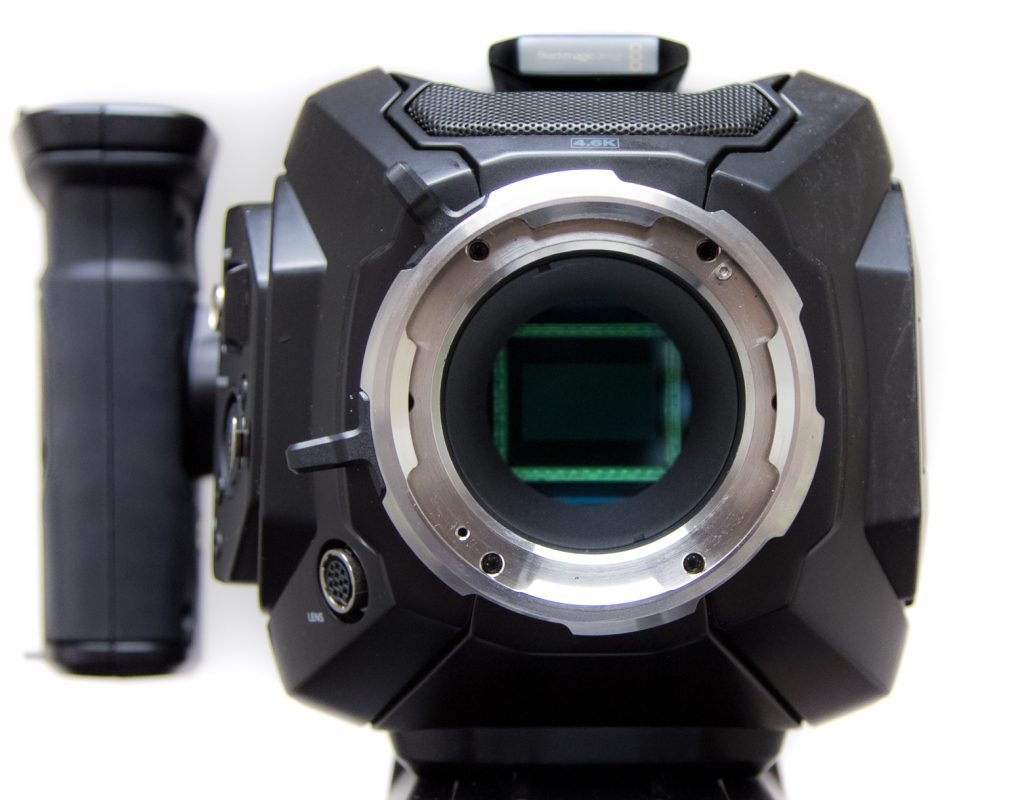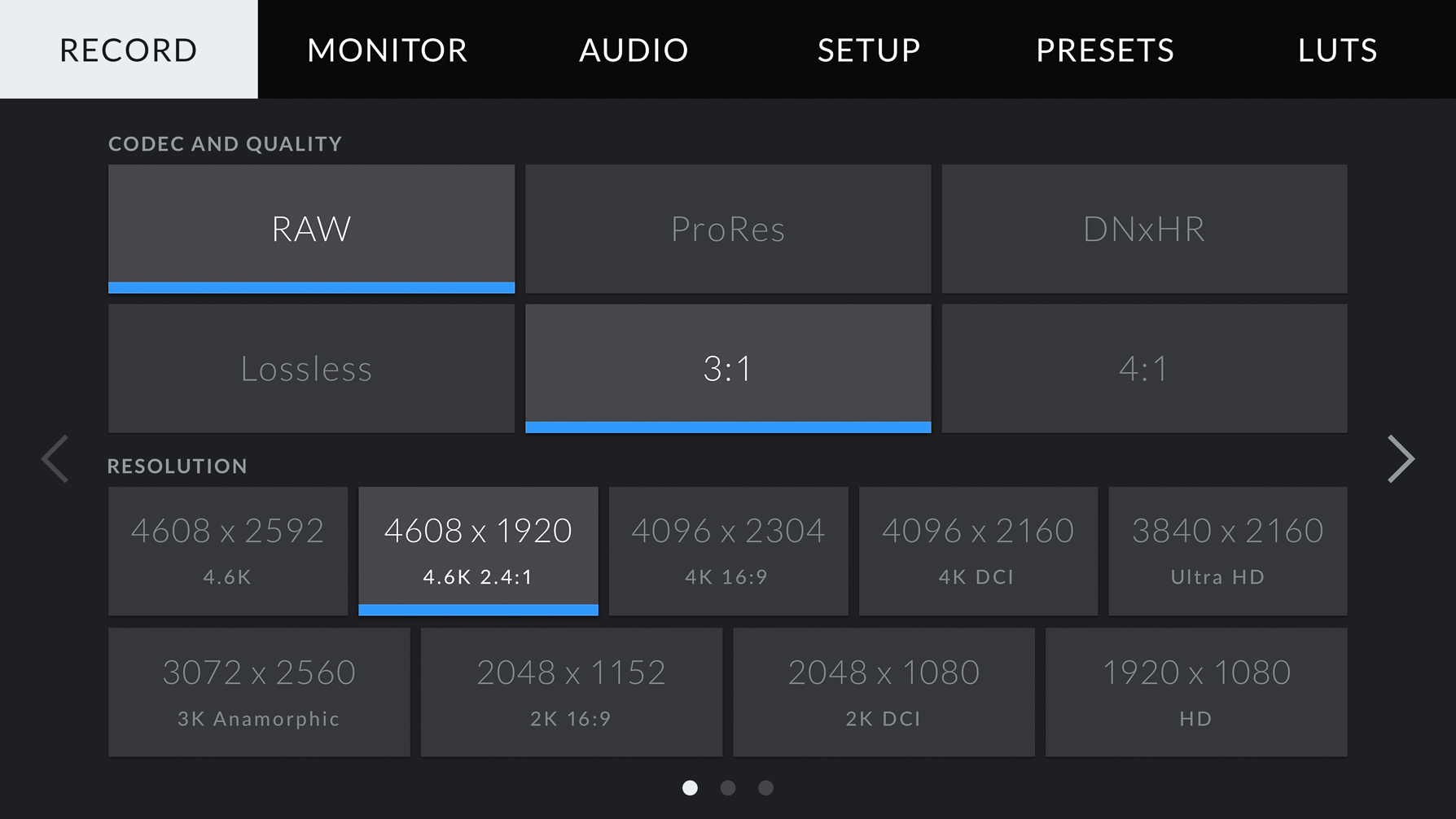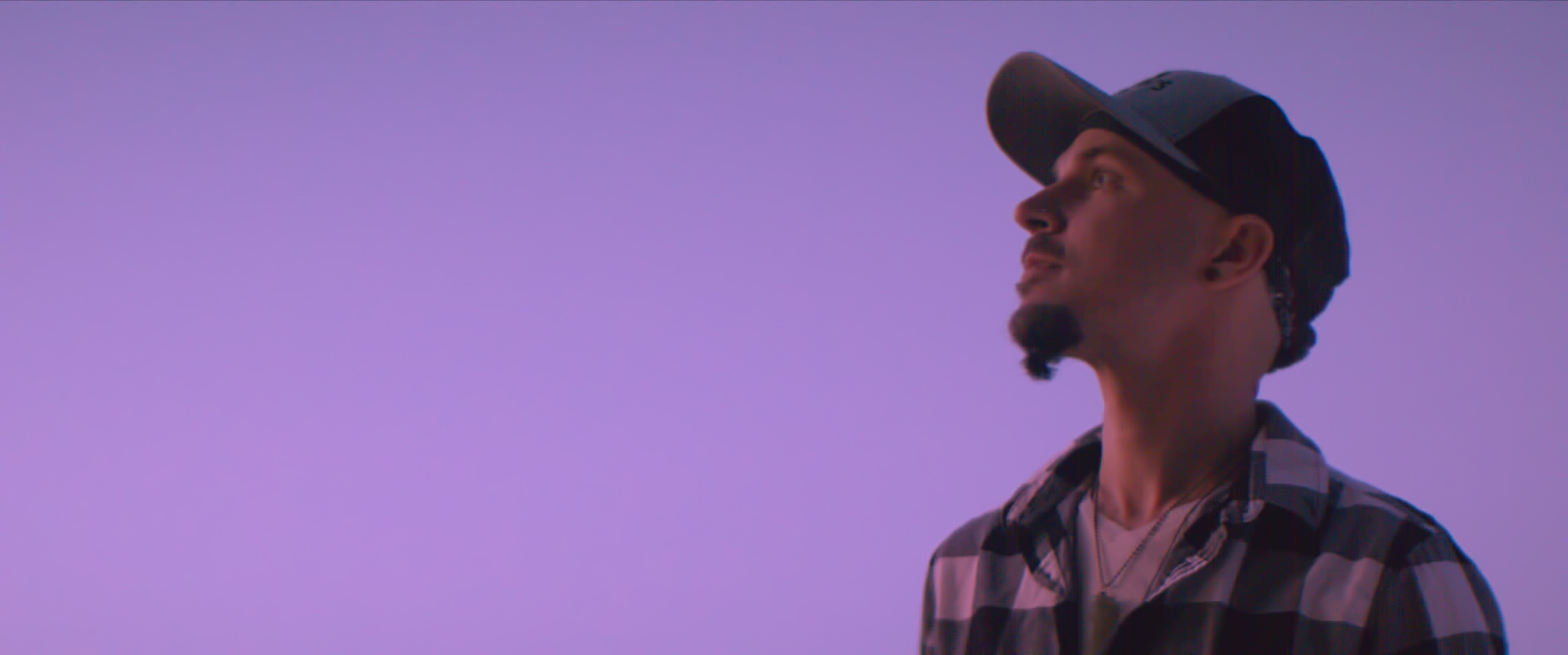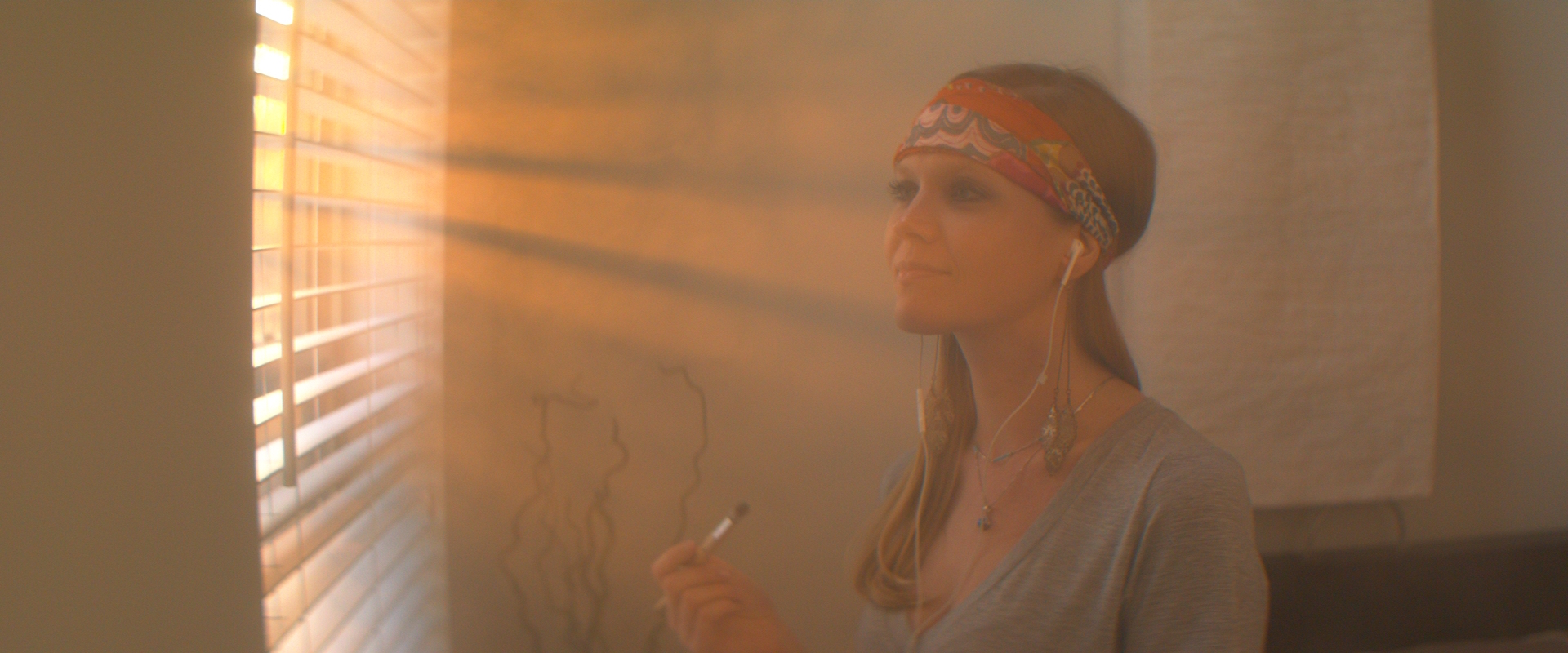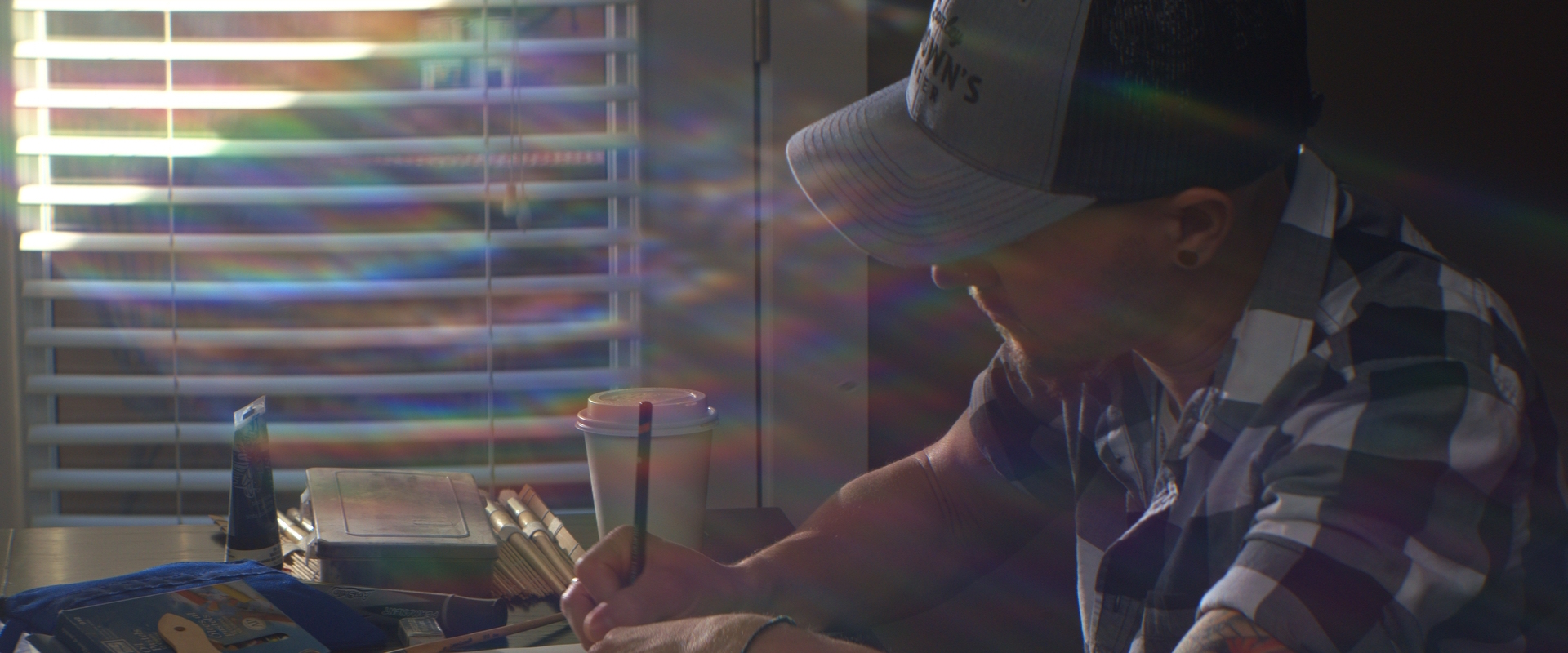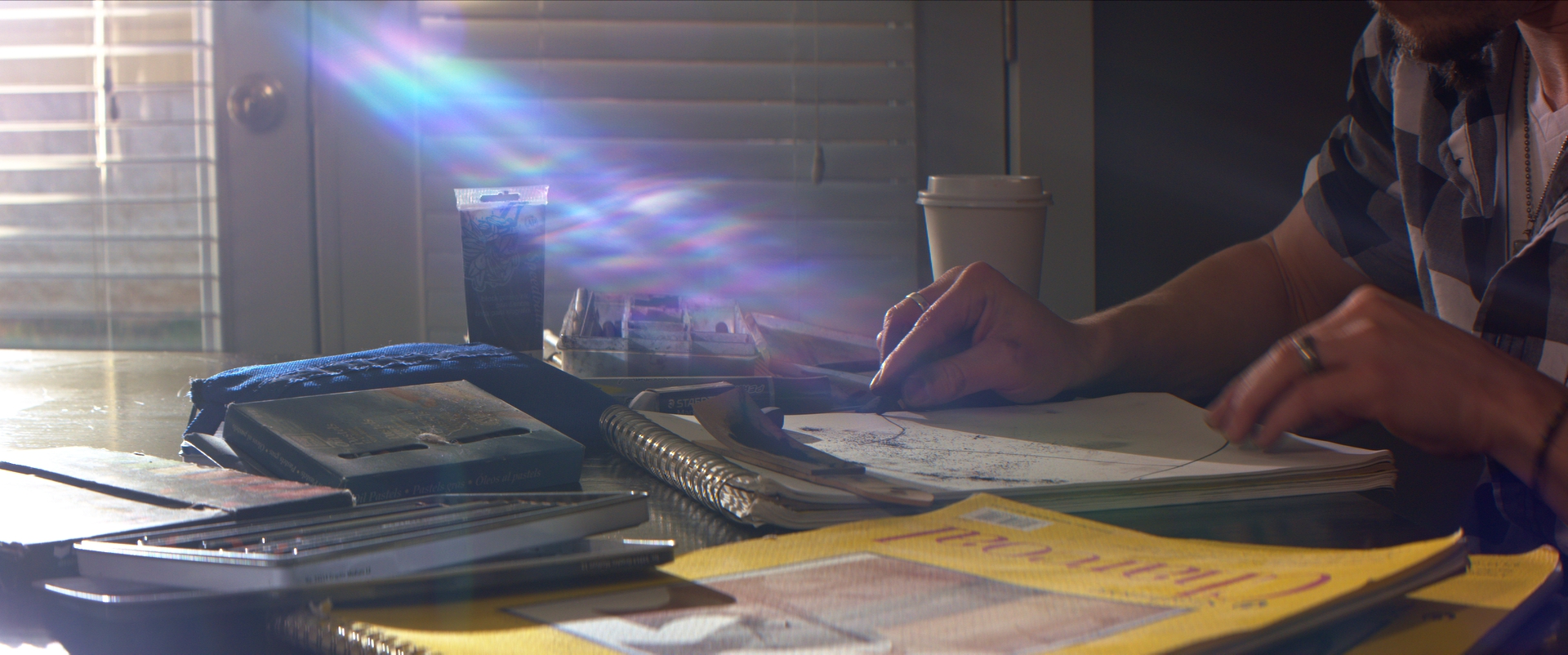One of the more interesting features found on the URSA Mini 4.6K and URSA Mini Pro, for me at least, is the 3K Anamorphic setting. This allows a director of photography to shoot 3072 x 2560 4:3 Anamorphic in Raw, Raw 3:1, Raw 4:1 and every flavor of Apple ProRes available in the camera. All you need are the lenses or lens adapters and anamorphic shooting is easily within reach.
3K Anamorphic
What are the Blackmagic URSA Mini 4.6K and URSA Mini Pro doing to give you the 4:3 sized sensor? What it appears Blackmagic has done is crop the left and right sides of the 4.6K sized sensor. This crop gives you close to the full vertical size of the sensor but a smaller horizontal size which is what many want when shooting on 2x anamorphic lenses.
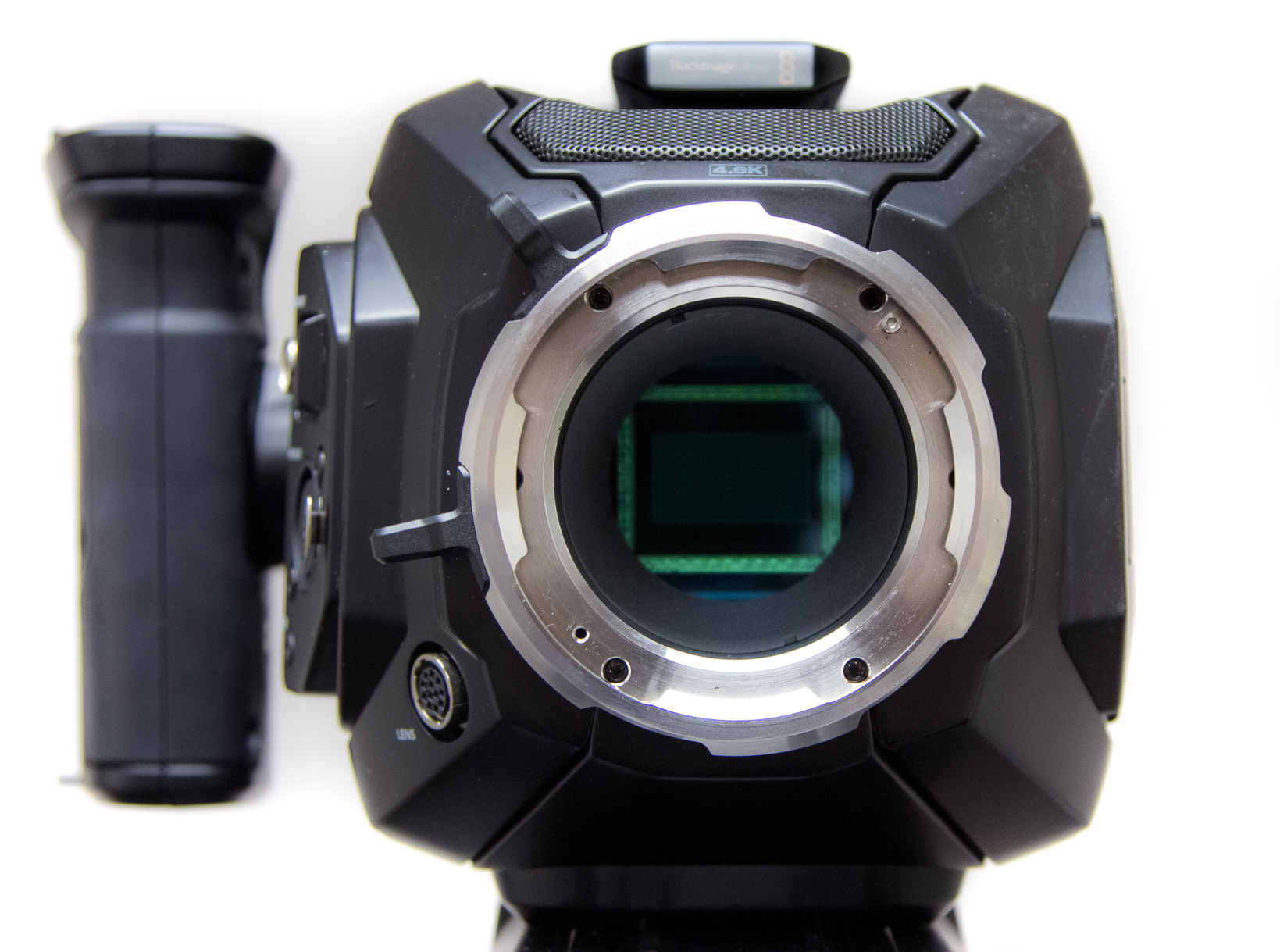 Here in Nashville, TN Arri and specifically the Alexa Mini’s tend to be the go to digital cinema camera for 2x anamorphic shooting. Both the Blackmagic and the Arri can deliver 4:3 shooting modes, but they are different. The Alexa Mini and it’s 16:9/4:3 open gate switchable sensor’s actual pixels are larger than the USRA Mini’s. Meaning the URSA Mini may have a touch larger pixel count of 3K against most of the Alexa Mini’s 2x anamorphic options but when the Mini shoots open gate the actual image and the pixel count are larger. I am talking 3072 x 2560 for the URSA Mini against the 3424 x 2202 in the Alexa Mini. What does this mean really? The Blackmagic URSA Mini 4.6K and URSA Mini Pro are not taking full advantage of the anamorphic lenses attached. Is this a big difference? There probably is not a noticeable difference to a viewing audience.
Here in Nashville, TN Arri and specifically the Alexa Mini’s tend to be the go to digital cinema camera for 2x anamorphic shooting. Both the Blackmagic and the Arri can deliver 4:3 shooting modes, but they are different. The Alexa Mini and it’s 16:9/4:3 open gate switchable sensor’s actual pixels are larger than the USRA Mini’s. Meaning the URSA Mini may have a touch larger pixel count of 3K against most of the Alexa Mini’s 2x anamorphic options but when the Mini shoots open gate the actual image and the pixel count are larger. I am talking 3072 x 2560 for the URSA Mini against the 3424 x 2202 in the Alexa Mini. What does this mean really? The Blackmagic URSA Mini 4.6K and URSA Mini Pro are not taking full advantage of the anamorphic lenses attached. Is this a big difference? There probably is not a noticeable difference to a viewing audience.
How does a Blackmagic URSA Mini 4.6K 3072 x 2560 4:3 crop hold up? I think it holds up well. Remember I am writing about a camera costing anywhere from $5,495 for the PL version of the URSA Mini 4.6K to $6,000 for the brand new URSA Mini Pro without accessories. You will also need the additional PL lens mount for the URSA Mini Pro. Check out a small sample from a shoot I did recently. I’ve included footage shot at every ISO.
Vintage Hawks
Contrast Visuals and Consulting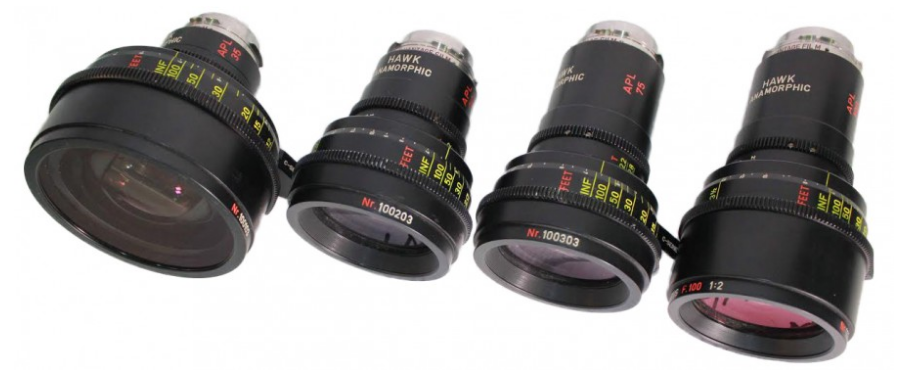 did me a solid and loaned me their beautiful vintage Hawk 2x anamorphic prime lenses 35mm, 50mm, 75mm, and 100mm. I pulled some strings and shot a little video for a music duo I have been long-time friends with since I first moved to Nashville. After drooling all over these lenses I came away from this shoot a little wiser to the ways of anamorphic shooting on the Blackmagic URSA Mini 4.6K. Here are a couple of lessons I learned.
did me a solid and loaned me their beautiful vintage Hawk 2x anamorphic prime lenses 35mm, 50mm, 75mm, and 100mm. I pulled some strings and shot a little video for a music duo I have been long-time friends with since I first moved to Nashville. After drooling all over these lenses I came away from this shoot a little wiser to the ways of anamorphic shooting on the Blackmagic URSA Mini 4.6K. Here are a couple of lessons I learned.
1600 ISO produces more noticeable noise mainly because the sensor has been cropped and anytime this sensor is cropped in and you shoot 1600 ISO you will find a Fixed Pattern Noise. This is especially true when underexposing your image. You can see in a little of the FPN in the image below. You can see it in his cheek. It might be hard to see in a still image, but a moving image and the FPN become more apparent.
If using the Blackmagic Shoulder Kit then the camera’s rods may get in the way of the lens if the lens is larger. The Hawk 35mm, which has a large front element, was just large enough for the standard shoulder mount lens support and rods to fit all together. Any lens a hair larger and I would spring for the larger a 15mm studio camera support gear or even 19mm sized camera support gear. Just know it might be a tight fit.
A DJI Ronin with extensions added or a Movi XL could lift an URSA Mini Pro and Anamorphic lens combo. Balancing might be very tricking but it could work… theoretically. I did not actually test this because they were not my lenses and I have broken enough of other people’s gear to even attempt this on expensive vintage Hawk lenses. Plus, an operator may need some form of support to help lift the heavy combo, and if the camera set up is that heavy then you might want to go ahead and use a Steadicam instead. But, it’s all up to you and what you want to do. This is only my opinion.
Negatives
Really there were not many negatives other than shooting at 1600 ISO in low-light. From production through to post the anamorphic workflow is pretty easy. Inside DaVinci Resolve you can change your input settings so the footage automatically transforms from 4:3 to 2:39:1. I even set my timeline resolution so I would not have black bars above and below my footage. In the end, I exported HD files because I am handing off to an editor. We will eventually conform back to the original raw files. The only thing I wish for is the option to shoot 4K anamorphic, but I think we might need a larger sensor to help this happen in the URSA Mini.
Why is this feature a big deal?
The answer to this question all comes down to cost. When we are talking about ProRes 4444, ProRes HQ or Raw recording there are only a few cameras capable of these recording formats and shooting on a true 4:3 sensor to take full advantage of 2x anamorphic glass. The Blackmagic URSA Mini 4.6K and URSA Mini Pro just happen to be some of the least expensive. This can potentially place anamorphic shooting into more shooters hands. Yes, of course, we have the Panasonic GH4 and GH5 which can shoot 4:3 anamorphic but I love my 12-bit raw recording and raw anamorphic is a ton of fun to color grade in DaVinci Resolve. All I need to do is find a way to buy my own vintage Hawk anamorphic lenses and find a great story to shoot.
